Training kit
Circular economy
Module 1 - About Circular Economy
In this chapter, the objective is to present the fundamental aspects of the Circular Economy, explore its definition, key concepts, and more effective strategies. By understanding these essential components, it is possible to gain a simple and clear understanding of Circular Economy principles.
A) The challenge
Since the Industrial “revolution”, mass production of products has had a huge impact on the environment and people. The economy started to be based on a linear model, characterized by a “take-make-dispose” approach: extracting natural resources and producing a variety of goods, most of which eventually turned into waste.
The linear economy causes several environmental problems, as it needs to take into account the limits of the planet, while the natural resources (on which we depend) are finite. The massive extraction of materials and associated production of waste causes immense pollution and creates significant pressure on ecosystems. This puts the provision of essential ecosystem services at risk, such as the quality of soil, air and water.
The circular economy model is a sustainable alternative to the linear economy and intends to solve the associated environmental problems.
B) Goal and Definition of Circular Economy
Circular Economy is a broad concept and there are several definitions. “An economic model in which resource input and waste, emission, and energy leakage are minimized by slowing, closing, and narrowing material and energy loops” (Geissdoerfer et al, 2017).
In other words: in a CE, the extraction of raw materials is reduced, resources are kept in use longer and waste is prevented and valued as much as possible.
The transition to an EC requires a structural change in all sectors of society. Some of them have an important role, such as rethinking product design, better-structured business models for sustainability and more efficient public policies are some examples. Important agents in this transition are, therefore, not only companies and organizations but also policymakers, educators, social innovation agents, financial institutions, investors, academia and consumers.
Key Circular Principles
Minimize resource use and extraction
Organizations should aim to reduce unnecessary resource use and extraction by optimizing material inputs in production processes. This involves refusing, rethinking, and reducing resource inputs, focusing on performance-based, product-service systems, sharing models, and dematerialization.
Keep products in use as long as possible
Organizations should prioritize keeping products in use for as long as possible, maintaining their value. This involves circular design principles, such as durability and the ability to reuse and repair. Implementing product-service systems for refurbishing, remanufacturing, or repurposing also contributes to extending the useful life of products.
Close material loops
All products should be designed to take into account the possibility of recycling. When repair, reuse, or other circular strategies are no longer feasible, the materials used in products/components should be recovered through circular recycling. This process ensures that the quality of materials is maintained or improved, allowing them to replace virgin materials instead of being downcycled into lower-quality products. However, for recycling to be effective, the use of dangerous and environmentally harmful substances must be avoided from the start.
Management of the ecosystem
The circular economy, as a part of sustainable resource management, aims to prevent pollution resulting from production and consumption activities to ensure the preservation of environmental quality. In a circular economy, organizations have a responsibility to actively safeguard ecosystems and invest in ecological regeneration, improving biodiversity, and restoring ecosystem services to undo any damage and promote overall environmental improvement.
5. Create lasting and shared value
Circular strategies provide economic benefits through cost savings and the valorization of residues, while also delivering environmental and social advantages such as job creation. However, a circular economy differs from conventional economic growth models, aiming for long-term and widespread societal benefits. Instead of just focusing on the economic flow, it measures societal wealth, including natural, cultural, human, and manufactured resources, with growth reflecting the improvement and increase in the quality and quantity of these actions.
The Butterfly Diagram of the Circular Economy, presented below, provides a concise summary of how resources are managed within the circular economy model. It visualizes two interconnected loops: the biological cycle and the technical cycle. The biological cycle involves returning organic materials back to the environment through natural processes such as composting. The technical cycle focuses on reusing, repairing, remanufacturing, or recycling materials and products to minimize waste and conserve resources. The Butterfly Diagram highlights the significance of closing these loops and creating a continuous flow of resources, leading to a more sustainable and circular economy.
C) Circular Economy Strategies
The circular economy is a system of production and consumption that promotes the sustainable use of resources, in closed cycles energised by renewable sources, regenerating ecosystems and ensuring social progress.
There are some “R”s of circular strategies that help organizations make their processes more sustainable, rethink their business model, avoid excessive resource consumption, and be more effective at maintaining value. These strategies often complement each other and form an approach to achieve circularity and unleash the full potential of a sustainable, regenerative economy.
In the following table we can identify the different strategies, their meanings and the stages they fall into when considering a more circular or more linear economy, depending on the raw material.
Module 2 - How to set up a Circular Economy activity
1) Introduction
Organizing a circular economy activity for youth can be an excellent way to promote sustainability and environmental awareness. To organize youth activities, meticulous and collaborative planning with a clear goal is crucial. It is possible to empower youth through impactful efforts by creating an atmosphere of awareness and active participation. These efforts aim to cultivate a sense of critical thinking, foster informed decision-making, and promote the development of sustainable and resilient habits among youth.
When starting the development of a particular activity, it is necessary to reflect on some essential points to configure these activities in order to obtain effective results in their conduct and evaluation, thus achieving the main objectives proposed.
Below are some topics and principles considered essential for the configuration of an activity:
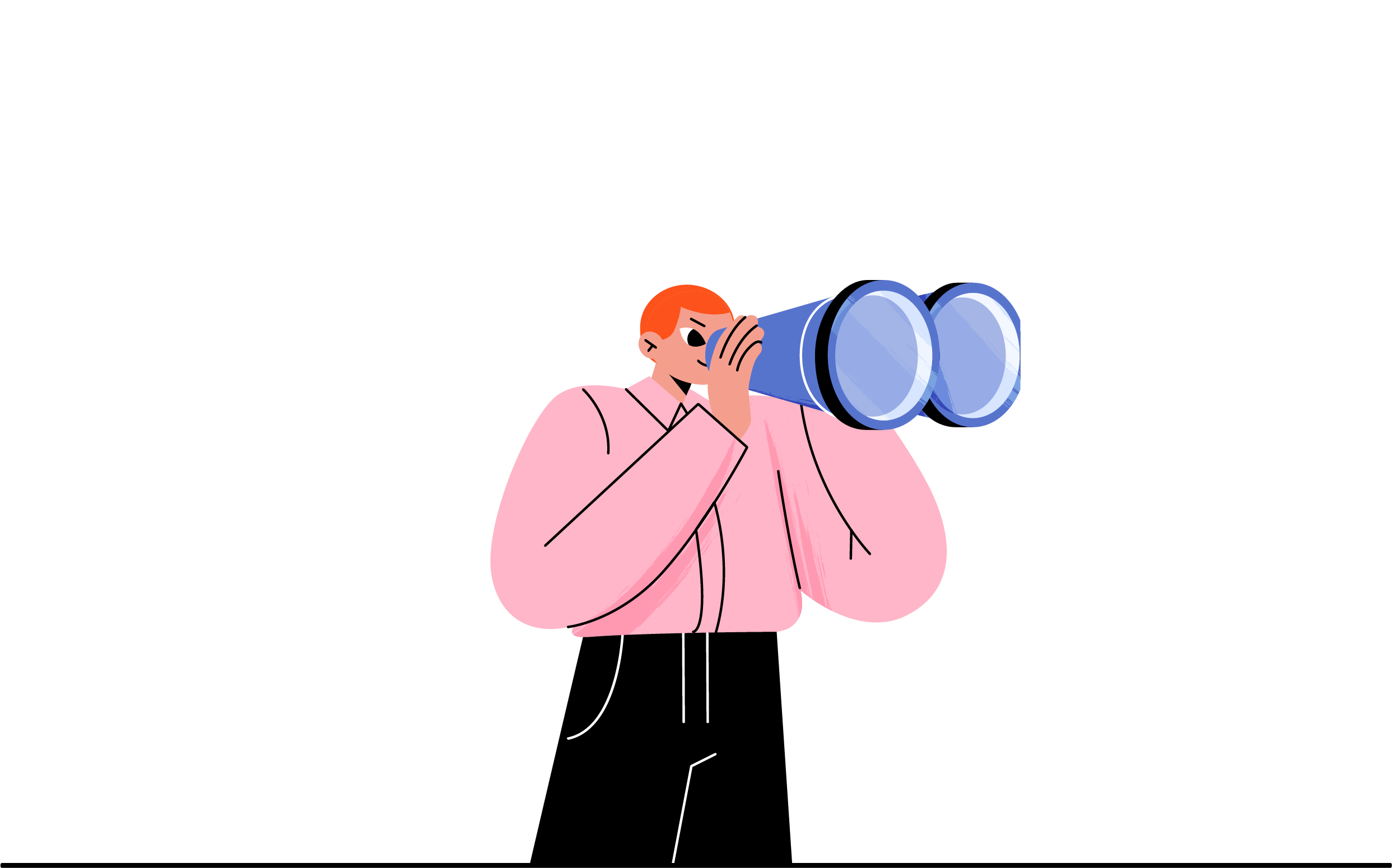
2) Scope and Objectives
Determine the rationale and purpose of your activity and how it aligns with your overall goals and objectives. What is most important to achieve and the impact do you want to have on the environment, society and the economy.
Start defining the specific focus of your circular economy activity, and choose among the strategies proposed in the table (R’s) which one will be addressed and which ones it is possible to connect. When you opt for a specific strategy (eg: reuse, repair, refurbish) it is possible to go deeper into the theory, bring more objective references and the activity can have a more positive impact.
Identifying the target audience to which the activity will be applied is also essential to be able to elaborate it according to their needs and interests.
Check de R´s table to understand some examples of strategies.
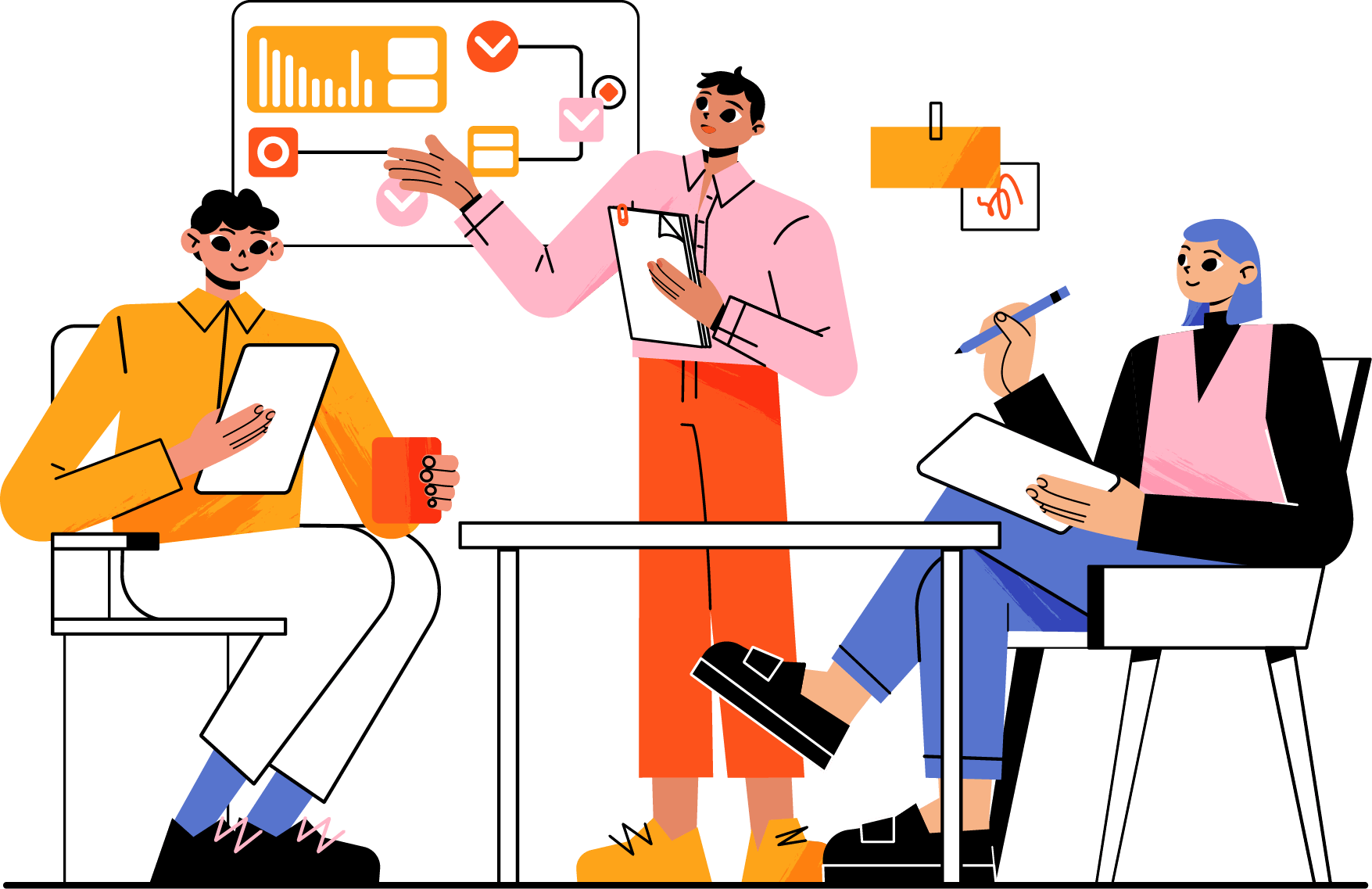
3) Skills
When creating an educational activity, it is important to establish what skills you want to work on and transmit to the audience. Importantly, circular economy-related activities can help people develop a variety of important skills in different areas, whether personal and/or professional.
Engaging in this field also provides an opportunity for continuous learning and the acquisition of relevant skills for a more sustainable future. Follow some examples
-
Systemic thinking
-
Innovation and creativity
-
Collaboration and teamwork
-
Critical thinking and decision-making
-
Entrepreneurship and business skills
-
Environmental awareness
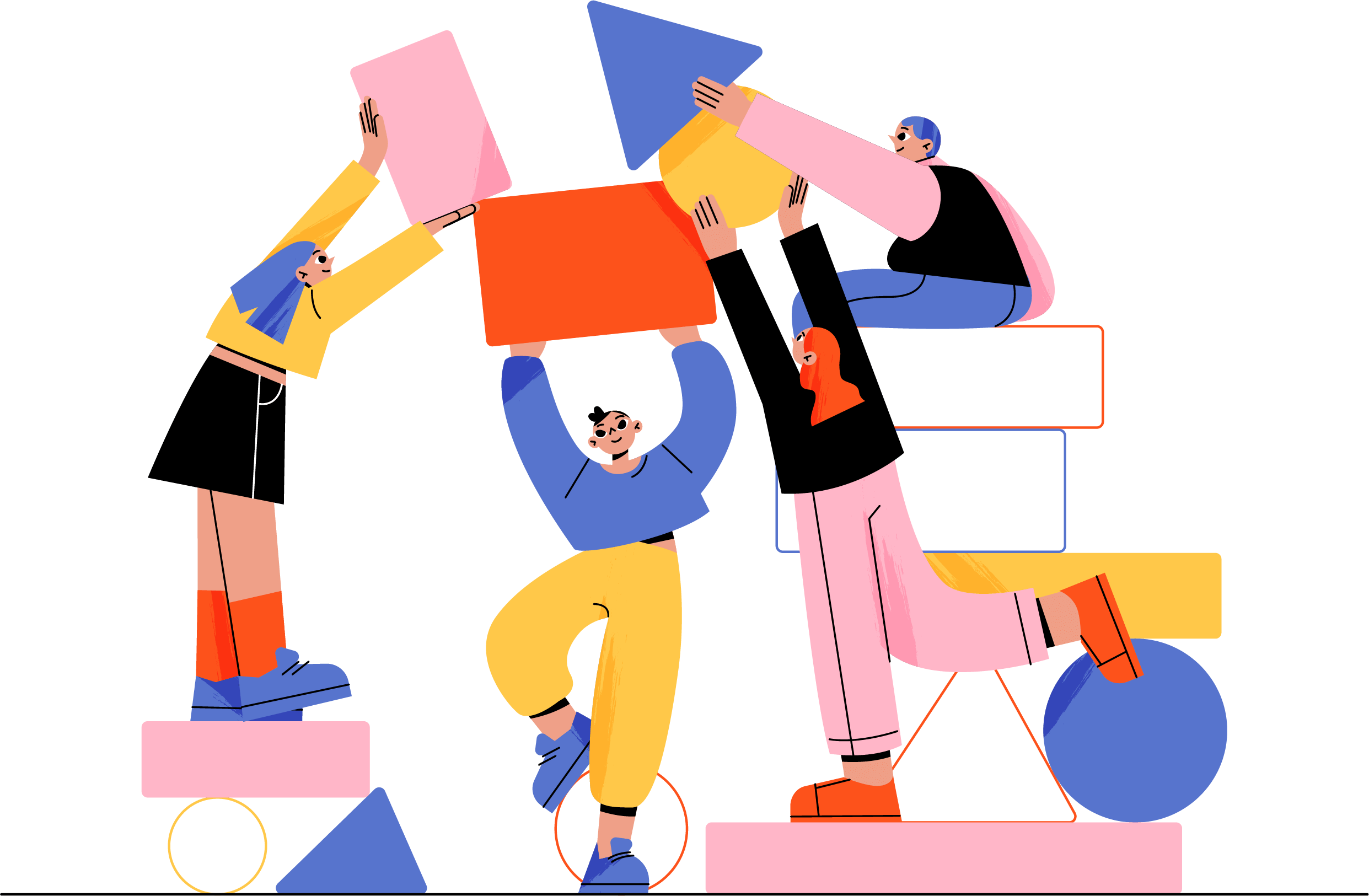
4) Partnerships and collaborators
Working with other collaborators and projects in partnership offers benefits that go beyond simply adding knowledge and skills. One key aspect is strengthening communication and effectively disseminating project outcomes. By involving different partners, the reach and impact of actions are expanded, as each involved entity has its own base of contacts and audience. This diversity of communication channels allows for reaching a broader and more diversified audience, increasing the project’s visibility and achievements.
Collaborating with other organizations can facilitate access to shared resources and infrastructure. Often, a project may require financial, technological, or infrastructural resources that a single entity may not possess. Through partnership, costs and efforts are shared, optimizing resource utilization, and enhancing execution capacity. This resource allocation synergy is particularly advantageous in large-scale projects, where individual investments can be substantial.
Partnering with external collaborators enables the exchange of best practices and the incorporation of lessons learned from other experiences. Each organization brings its own culture, working methods, and successful strategies, and by working together, there is an opportunity to learn from one another and improve their approaches. This knowledge exchange can generate valuable insights and new perspectives, leading to more innovative solutions.
Collaboration in partnerships can bring a higher degree of legitimacy to the project. Involving other organizations and entities positions the project as a collective initiative with greater social relevance. This can attract the interest of stakeholders, governments, and even the media, further enhancing the project’s impacts and results.
In conclusion, collaborating with other projects in partnership extends beyond mere knowledge accumulation, encompassing aspects such as communication, resource access, mutual learning, and legitimacy. Also, this collaborative approach is a key aspect when developing and implementing circular economy projects since working with a network of partners is essential for addressing complex challenges and maximizing the success of projects and initiatives across various fields of operation.

5) Resources / Budget
Planning the financial resources of a project or activity is essential for success, and financial sustainability is increasingly becoming a fundamental concern. Besides ensuring sufficient resources to enable the activity’s realization, adopting sustainable practices is necessary to ensure the project’s long-term continuity while minimizing negative impacts on the environment and society.
A sustainable approach involves not only considering resource acquisition but also how those resources are utilized. Carefully analyzing the costs involved in the activity and seeking ways to reduce them without compromising project quality is crucial. Practices such as material reuse, energy optimization, proper waste disposal and waste reduction are examples that can contribute to financial sustainability.
Transparency in financial management is another crucial aspect. Demonstrating how resources are being used and presenting concrete results regarding the project’s impact helps build trust with donors, investors, and the community at large. The credibility of transparent management can open doors to new funding opportunities and fortify the project’s long-term continuity.
By embracing sustainable practices in project financial management and thinking strategically about resource acquisition, it is possible to ensure its long-term viability and maximize benefits for society and the environment. Financial sustainability not only strengthens the project but also reflects a commitment to social responsibility and the preservation of natural resources, making it more attractive to potential supporters and collaborators engaged in environmental and social causes.
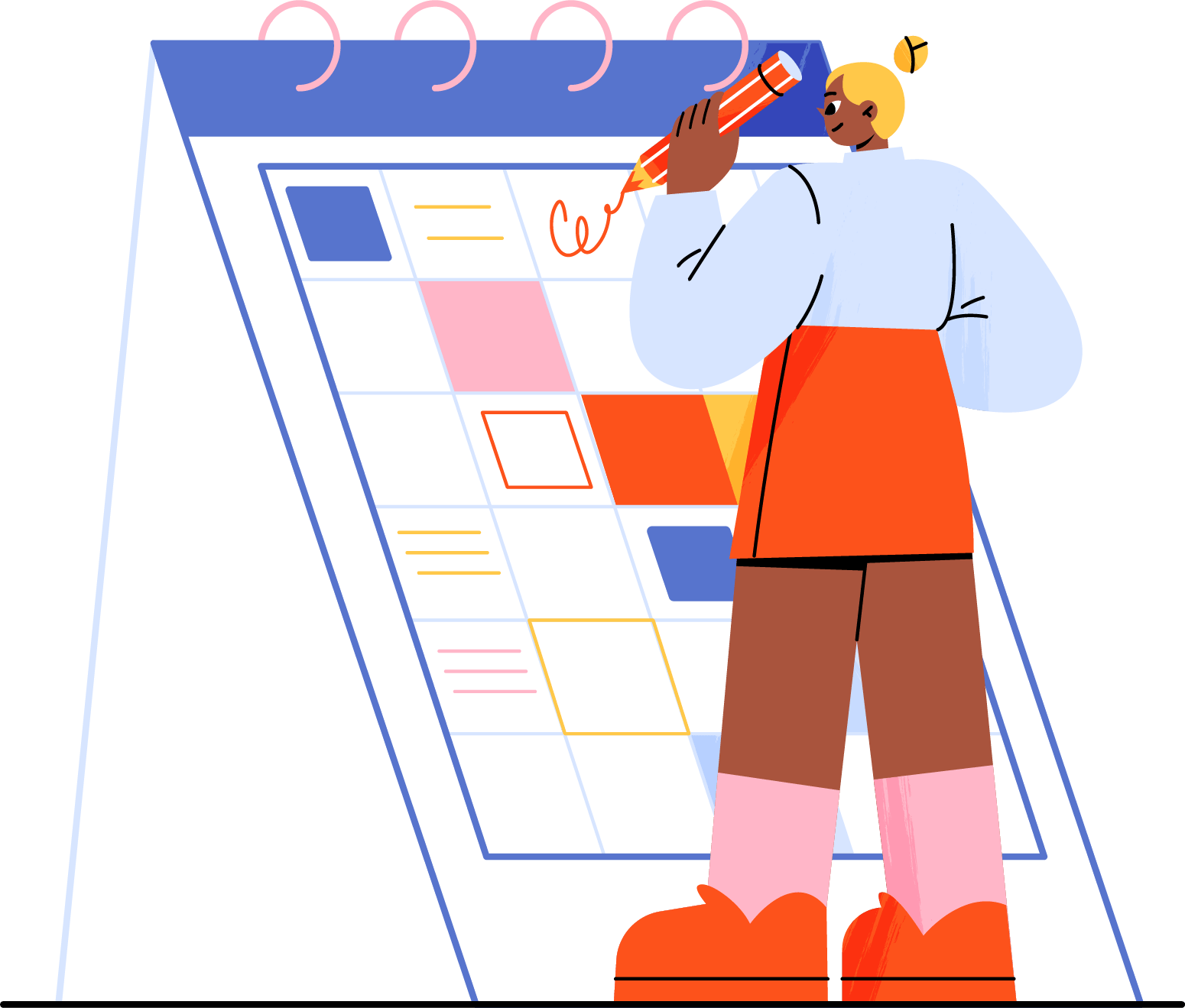
6) Materials
Planning and developing activities focused on circular economy for young people require careful consideration in selecting the materials used. This selection should take into account aspects such as suitability for the target audience, accessibility, and sustainability, aiming to promote an enriching and responsible experience for the participants.
To ensure an inclusive experience, it is also relevant to consider if the materials are accessible to all participants, regardless of their needs or abilities. When choosing materials, it is essential to think about minimizing the environmental impact. Instead of opting to purchase new materials, a more conscious approach is to seek alternatives such as renting or acquiring second-hand items. This practice reduces the demand for new products, prolongs their lifespan, and reduces the amount of waste generated.
Rethinking printing materials is an excellent strategy. Using digital options like slide presentations or materials available on online platforms not only saves natural resources but also facilitates access to materials, allowing young people to revisit them later without the need for additional prints.
Encouraging participants to bring their own reusable materials, such as water bottles and cases, also promotes the concept of circular economy and environmental responsibility.

7) Design activity and conduction
Strategic planning of an activity is essential to define clear objectives, identify the target audience, establish necessary resources, determine the execution schedule and ensure that the activity is suited to the interests and needs of the young participants, making it more attractive and relevant to them.
Thinking about the design of the activity involves thinking about creating an attractive and engaging format, which is able to arouse the interest of young people and encourage them to actively participate. The methodologies chosen for the design of the activity should consider accessibility, ensuring that the activity is inclusive and allows all young people to participate, regardless of their abilities or backgrounds and also that the concepts of sustainability and circular economy are conveyed in a didactic and engaging way.
The activity description plays a crucial role in the organization and execution of the project, providing a detailed roadmap to guide everyone involved. The specific objectives of the activity should be clearly stated so that participants understand the purpose and relevance of the initiative. To facilitate implementation, the execution steps should be presented in chronological order, detailing what should be accomplished in each phase of the activity. If there are group activities, it is important to specify the number of people needed for each task, promoting collaboration and teamwork.
Another essential aspect to be contemplated is the estimated time duration of each step, providing a clear notion of the schedule and allowing participants to organize themselves accordingly. The profile of the facilitators involved should be described, emphasizing their skills and knowledge relevant to the conduct of the activity. The clarity, conciseness and organization of the description are key to ensure that all information is easily understood and that the activity is successful in promoting sustainability and circular economy among the young participants.

8) Logistic
Logistics is an essential element to ensure the success of an activity and/or event, so it is essential to carefully consider several logistical aspects that contribute to a positive and eco-friendly experience. The first step is to choose the right location. It is important to take into account accessibility for participants, looking for a place with easy access, preferably close to public transportation. In addition, the proximity of green areas or outdoor spaces makes it possible to carry out activities connected to nature.
The physical space also deserves attention. Determining the size needed to accommodate all participants comfortably and enable the execution of the dynamics is crucial to avoid overcrowding problems and ensure that activities occur as planned. Another important aspect is determining the number of participants. Setting a limit based on the capacity of the space and the resources available is necessary to ensure a more organized and satisfactory experience for all involved.
The definition of times and dates is another relevant point. It is essential to consider the availability of the participants and avoid scheduling conflicts that may jeopardize the presence of those involved. A detailed schedule, with start and end times of activities, breaks and other relevant information, facilitates the organization of the event and time management.
Food logistics is a point that deserves special attention. If there are meals during the activity, it is relevant to plan sustainable options, such as vegetarian or vegan dishes, avoiding food waste and excessive use of disposable packaging.
To carry out the activity, service providers and suppliers may be needed. It is essential to choose partners who also share sustainability values, prioritizing companies that have sustainable and socially responsible practices. Waste management is a constant concern. It is essential to develop a plan for selective collection and proper disposal of waste generated during the activity, encouraging recycling and reducing environmental impact. If you are organizing the same event multiple times or doing a set of activities for some period of time, try to think of ways to reduce and eliminate waste, thus lowering your impact from event to event. This can be an excellent way, first to showcase that it is possible to organize activities with a low impact, and, secondly, you can share the strategies and practices used to accomplish this and inspire others to follow your example.
When considering all these aspects, the activity becomes an enriching experience, which reinforces the importance of environmental preservation.

9) Team
Organizing a youth activity requires well-structured planning and efficient coordination. Different personas play key roles in this process. The Project Manager leads the team, ensuring proper logistics and establishing strategic partnerships. The Activity Facilitator engages participants with educational dynamics. Other professionals contribute to making the activity a memorable and conscious experience.
Some positions that can be considered essential for the planning, implementation and execution of an activity:
➔ Project Manager
Overall responsible for the planning and execution of the activity. Coordinates all stages, sets targets, deadlines and allocates resources. Takes responsibility for logistics, partnership management and financial management.
➔ Activity Facilitator
In charge of energizing the planned activities, engaging the participants and conducting the dynamics in an interactive and educational way, aligned with the objectives of the activity. Contributes with specific knowledge, providing relevant information for the planned activities and sensitizing participants on environmental issues.
➔ Assistants and Volunteers
They assist the Project Manager and the Activity Facilitator in different tasks, from logistical support to conducting the dynamics and practical activities.
➔ Communication and Marketing Officer
In charge of publicizing the activity in a strategic way, using communication channels such as social networks, emails and local media to reach the target audience and ensure good adherence.
➔ Safety Officer
Ensures the safety of participants during the activity, ensuring that all safety regulations are followed and taking precautions to avoid accidents or incidents.
➔ Impact Evaluator
Responsible for developing and applying evaluation methods to measure the impact of the activity against sustainability objectives, collecting feedback from participants and providing insights for future improvements.
➔ Financial Administrative Officer
Ensures the efficient management of available financial resources by tracking the budget and expenses related to the activity.

10) Communication
Communication of the activity and/or event plays a key role, dissemination can determine the success of uptake and engagement of the appropriate target audience. In order to reach a broad spectrum of interested young people, it is necessary to develop effective dissemination strategies.
First, it is essential to define the most appropriate communication channels to reach the desired target audience. Social media, for example, is a powerful tool to reach young people quickly and directly. In addition, the use of emails, messaging apps and partnerships with schools or local organizations can also be effective in disseminating information about the activity.
The content of the dissemination is also a relevant aspect. It is important to clearly and attractively convey the objectives of the activity, the benefits of participating and the importance of sustainability. Using images, videos and impact stories related to the cause can increase the interest and emotional connection of potential participants.
The timing of the outreach also deserves attention. Setting the right time to start the outreach campaign can make a difference in attracting stakeholders. It is advisable to plan the outreach early enough to allow young people time to plan and book the date of the activity in their schedules.
In addition, interactivity and online engagement are crucial. Promoting the active participation of young people on social media, through surveys, questions, challenges, or shared actions, can create a sense of community and stimulate digital content, extending the reach of the activity. Collaboration with personalities who share the same values and are influential in the area can also enhance dissemination, reaching new audiences and strengthening the message of the activity.
Access the campaign material that can help with strategies for campaign development.
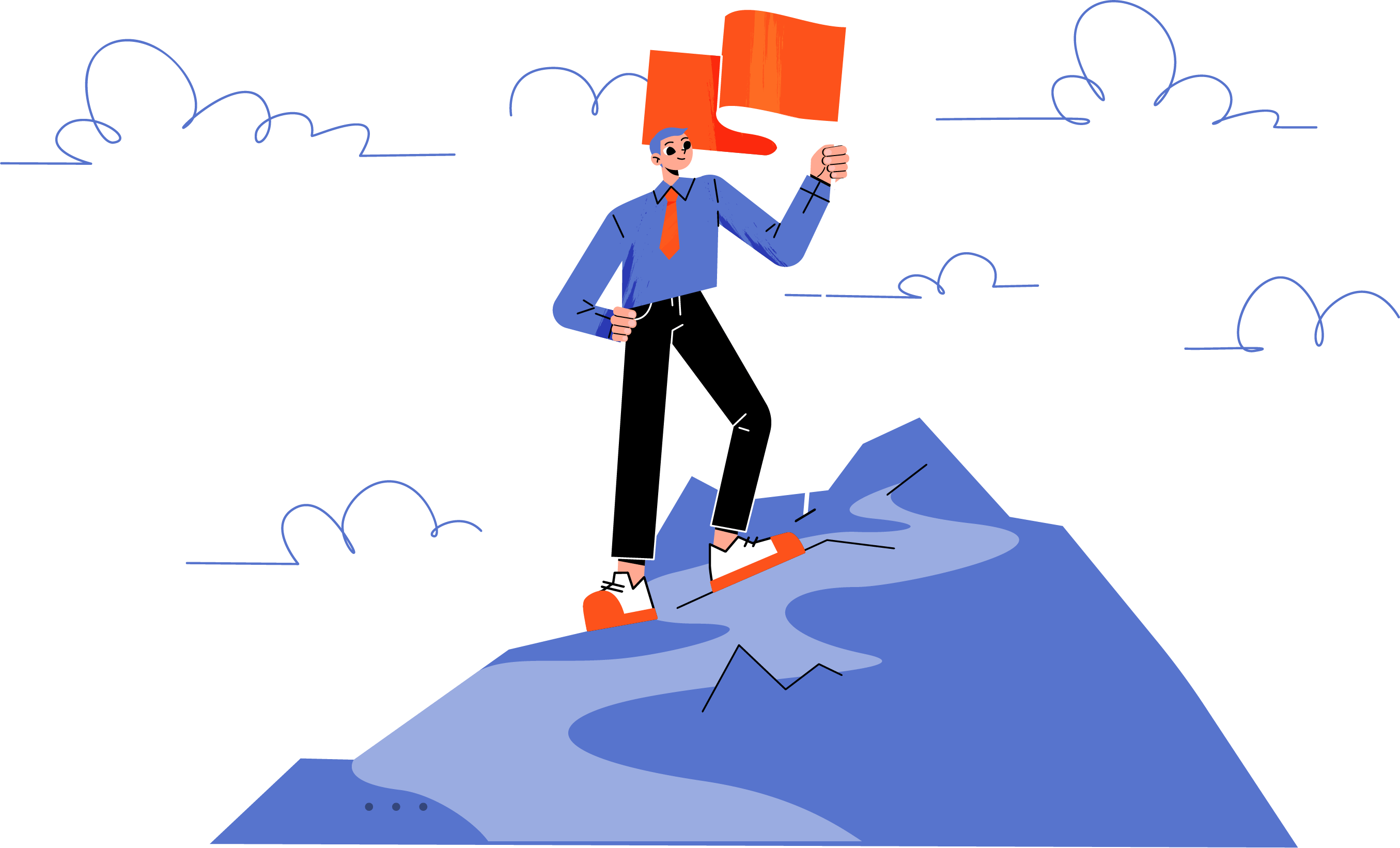
11) Evaluate
It is essential to incorporate evaluation mechanisms in order to measure the impact of the activity and implement adjustments and improvements in subsequent editions. In addition to active research involving participants and stakeholders, it is also recommended to utilize qualitative and quantitative data collection methods, such as individual interviews, focus groups and structured questionnaires. This multi-faceted approach provides a more comprehensive understanding of stakeholders’ perceptions and experiences, allowing for more precise adjustments.
In addition, monitoring the results of the dissemination campaign plays a crucial role in evaluating the strategies adopted, allowing for adjustments where necessary. Analysing metrics such as the reach of publications, engagement levels and conversion rates provides valuable insights to optimise future communication initiatives. However, in addition to immediate campaign performance metrics, it is also important to consider longer-term impact metrics, such as behavioral changes and continued awareness of the cause. This can be measured through post-activity follow-up, noting whether participants continue to adopt sustainable practices or share the knowledge they have gained.
Considering collaboration with external experts, such as evaluation consultants or research professionals, can bring an unbiased perspective and expertise to conducting the evaluation. This ensures that the analysis is thorough and objective, contributing to more robust results.
When sharing the evaluated results with other institutions and stakeholder communities, it is recommended to make available detailed reports that describe the methodology used, the key insights gained and lessons learned. This not only promotes the dissemination of good practices but also contributes to the transparency and reliability of the initiative. With this thorough and comprehensive approach to activity evaluation, it becomes possible to more accurately measure impact, identify opportunities for growth and strengthen the achievement of the proposed objectives.
Remember
➔ Be inclusive and accessible
Ensure that the activity is accessible to all, regardless of age, gender, or ability, and provide any necessary support or accommodations.
➔ Use a participatory approach
Involve participants in the design and execution of the activity, and encourage collaboration, creativity, and experimentation.
➔ Engage and make it fun
Use interactive activities to keep participants motivated and interested.
➔ Measure the impact
Evaluate the impact of your activity, using metrics such as participation rates and feedback to refine and improve your activity.
➔ Integrate sustainability principles
promote social inclusion, prioritize inclusive activities with sustainable practices that can be expanded to young people's daily lives, create social awareness.
Module 3 - Examples of best practices and how to replicate
There are a wide variety of activities that can be replicated within the framework of the Circular Economy, as well as the possibility of creating new approaches based on the topics mentioned in the previous chapter, with a view to more efficient planning. However, in this chapter, we will focus on some specific examples of activities related to the Circular Economy that have already been implemented. We will discuss how these activities were conceived, executed and the strategies developed for their application, monitoring and evaluation.

The Erasmus+ project “Living more sustainable lives: circular solutions for refugee integration in Europe” (2020-1-PT01-KA204-078418). This project seeks to aid the integration of refugees and migrants in Europe by imparting skills rooted in zero waste, upcycling, and repair. By transforming discarded materials into valuable and innovative creations, the project contributes to both refugee integration and the promotion of sustainable economic models, aligning with the European Commission’s goals for a circular economy and the 2030 Agenda for Sustainable Development. This project is divided into three modules with examples of Non-Formal Education Curricular on Circular Economy for Refugees and Migrants. We will use them as examples to explain how they have been realised within the dynamics of an activity based on the circular economy.
The project also endeavors to empower refugees, particularly women, by fostering their professional growth and opening up job prospects in sectors such as food, fashion, and design. This approach not only harnesses the circular economy principles but also aligns with refugees’ existing skills developed through informal economies, collaborative exchanges, and recycling practices.






